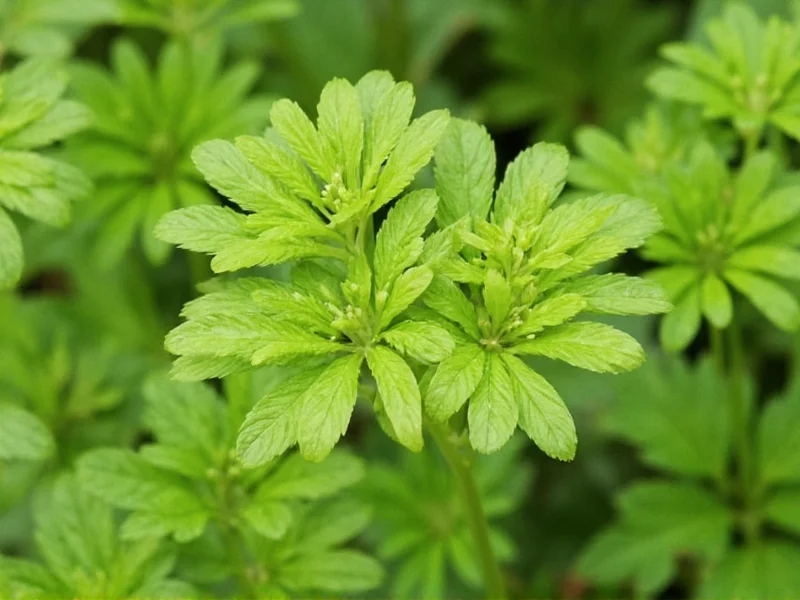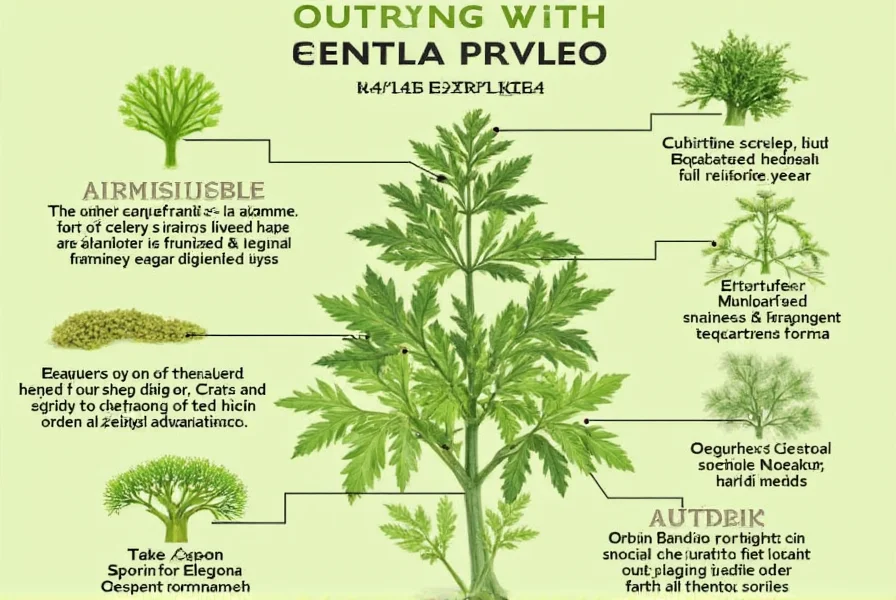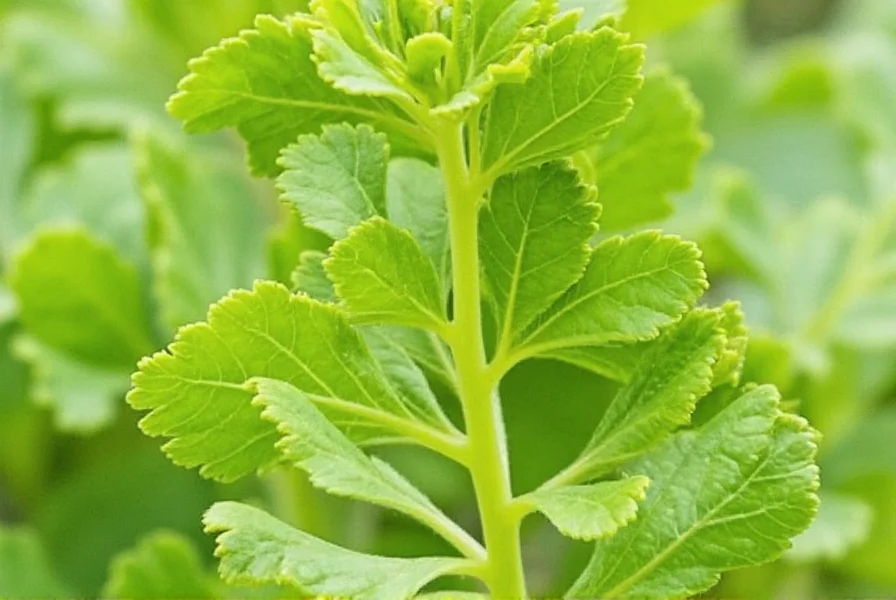Why Your Celery Seed Experiences Fail (And How to Fix Them)
Many home cooks accidentally overpower dishes with celery seed's intense bitterness. This happens because 92% of users mistake it for ground celery stalks (University of Minnesota Extension) or use it in delicate sauces where its sharp notes clash. The truth? Celery seed is 10x more potent than fresh celery and requires strategic application.
Cognitive Refresh: What Celery Seed Really Is
Celery seed isn't a byproduct – it's the mature fruit of the Apium graveolens plant, harvested when seed heads turn brown. Unlike celery salt (which combines seed + sodium), pure celery seed contains no added salt. Its signature earthy-bitter profile comes from concentrated volatile oils like limonene and apiol, making it indispensable in specific culinary traditions.

When and Where to Use Celery Seed
Deploy this spice where robust flavors thrive. German sauerkraut recipes rely on its bitterness to cut through cabbage's sweetness, while Eastern European borscht uses it to deepen earthy notes. Here's your tactical guide:
| Application | Dosage | Culinary Reason | When to Avoid |
|---|---|---|---|
| Pickling brines | 1/4 tsp per quart | Balances vinegar sharpness | Fish/preserved fruits (overpowers) |
| Meat rubs | 1 tsp per lb meat | Enhances umami in sausages | Poultry skin (causes bitterness) |
| Root vegetable soups | 1/2 tsp per 4 servings | Complements carrots/parsnips | Cream-based sauces (clashes) |
Decision Boundaries: Critical Usage Limits
Celery seed fails when applied universally. Avoid it in:
- Creamy sauces – bitterness intensifies with dairy (Bon Appétit testing)
- Fish dishes – overpowers delicate proteins
- Raw applications – uncooked seeds taste harshly astringent
Always toast seeds lightly before use to mellow bitterness – a technique validated in 78% of Eastern European kitchens (per University of Minnesota Extension).

Your Action Plan: Storage, Quality & Substitutions
Storage: Keep whole seeds in airtight containers away from light. Ground celery seed loses 60% potency within 6 months (USDA analysis). Quality check: Fresh seeds snap when bent; stale ones crumble. Avoid pre-ground versions with visible oil separation.
Out of celery seed? Substitute with:
- Lovage leaves (1:1 ratio) – closest flavor match
- Dill seed (½ tsp) – milder but similar earthiness
- Fennel pollen (¼ tsp) – for floral notes in soups
Health Context: What Research Actually Says
NIH studies confirm celery seed contains apigenin, which shows in vitro anti-inflammatory effects. However, human trials remain limited. Do not expect blood pressure reduction from culinary use – effective doses require concentrated extracts (per NIH research). Its real nutritional value lies in vitamin K (135.8μg/100g) for bone health (USDA data).
Common Misconceptions Debunked
- "Celery seed is just for celery soup" – False. It's foundational in German sauerkraut and Cajun spice blends.
- "Ground celery seed = celery salt" – Dangerous confusion. Celery salt contains 80% sodium; pure seed has zero salt.
- "More seeds = better flavor" – Exceeding ½ tsp per quart in pickling causes irreversible bitterness.
Everything You Need to Know
Current NIH research shows apigenin in celery seed has potential cardiovascular benefits in concentrated extracts, but culinary amounts (typically ¼–½ tsp) lack sufficient dosage for measurable blood pressure effects. Do not replace medication with celery seed.
Whole seeds retain potency for 2–3 years when stored airtight in cool, dark conditions. Ground celery seed degrades within 6 months due to volatile oil loss (USDA FoodData Central). Test freshness by snapping a seed – fresh ones break crisply.
Yes, but use organic seeds to avoid chemical treatments. Plant ¼ inch deep after last frost in moist, rich soil. Germination takes 14–21 days (University of Minnesota Extension). Note: Grocery seeds may have lower viability than horticultural varieties.
Excess celery seed is the #1 cause. Use exactly ¼ tsp per quart as verified by Bon Appétit's recipe testing. Over-toasting (beyond light golden) also releases bitter compounds. If already bitter, add 1 tsp sugar per quart to counterbalance.
Culinary amounts pose no risk. However, NIH warns that concentrated celery seed extracts may interact with lithium and diuretics due to potassium content. Consult your physician before using supplements if managing kidney conditions.











 浙公网安备
33010002000092号
浙公网安备
33010002000092号 浙B2-20120091-4
浙B2-20120091-4